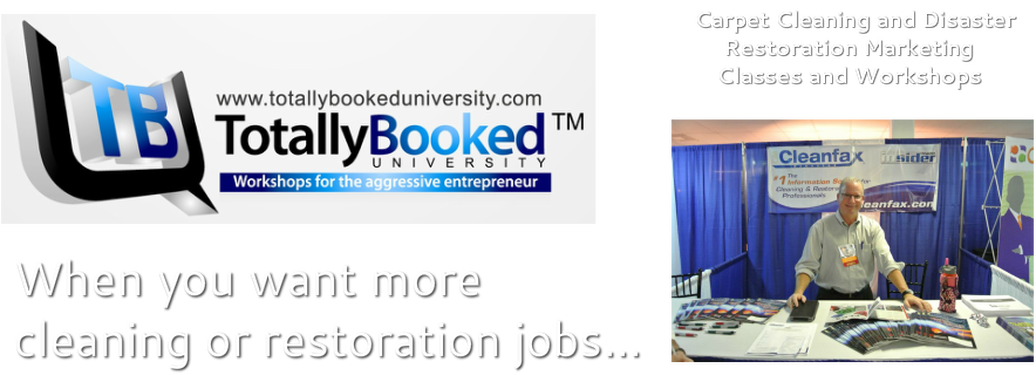Gary Clipperton’s well done-article detailed cause, effect and correction addressing “Proper Moisture Levels When Cleaning Heavily Soiled Carpets.”
Click here for that article
Meanwhile, there is an alternative and sassy way to manage wicking: Don’t allow it!
Consider fundamentals you already know:
- Wicking problems will increase as new, ultra-hydrophobic and oleophilic fibers gain market share. For instance, heavy soil is relatively easy to loosen or separate from polyester and its variations, but not easy to “control” once loosened.
- To prevent wicking in the first place, the trick is to “control” 100% of the soil immediately as it is separated from the carpet fibers during the cleaning process.
- The amount of liquid used isn’t necessarily the critical issue. Wicking can occur when removing a stubborn spot with a small amount of liquid. The #1 issue is the need to maintain instant “control” during cleaning of both the cleaning liquid and the loosened soil…to prevent it from running deeper down, and into, the yarns.
- Dry extraction (absorbent compound) systems use 97% less moisture than high-flow wet extractor systems. However, what makes the “Dry” technique curiously effective is its instant absorbing/adsorbing of soil and liquid while they function together during the cleaning process. The liquefied soil is “not allowed” to escape deeper. Hence, no wicking later.
- Wet extraction technology, in a heavily soiled context, effectively loosens or separates the soil…perhaps “too” quickly… and under pressure. Its powerful vacuuming function is almost simultaneous, but not quite. That’s the moment where “loss of control” of liquefied soil takes place, and wicking can raise its costly head… particularly on ultra-hydrophobic carpet fibers which otherwise “give up” soil relatively easily. What an irony.
Solving the wicking challenge on heavily soiled carpet should not be considered a contest of wet versus dry extraction. A professional technician can go at it using Gary’s workable steps, or use what I’ve shared here.
Bundles of cash and headaches can be saved by “not allowing” wicking.
Fritz Rench is the chairman of Racine Industries, Inc., manufacturer of the HOST Dry Extraction Cleaning Systems for carpets, grouted tile and other textured flooring products, located in Racine, WI.



